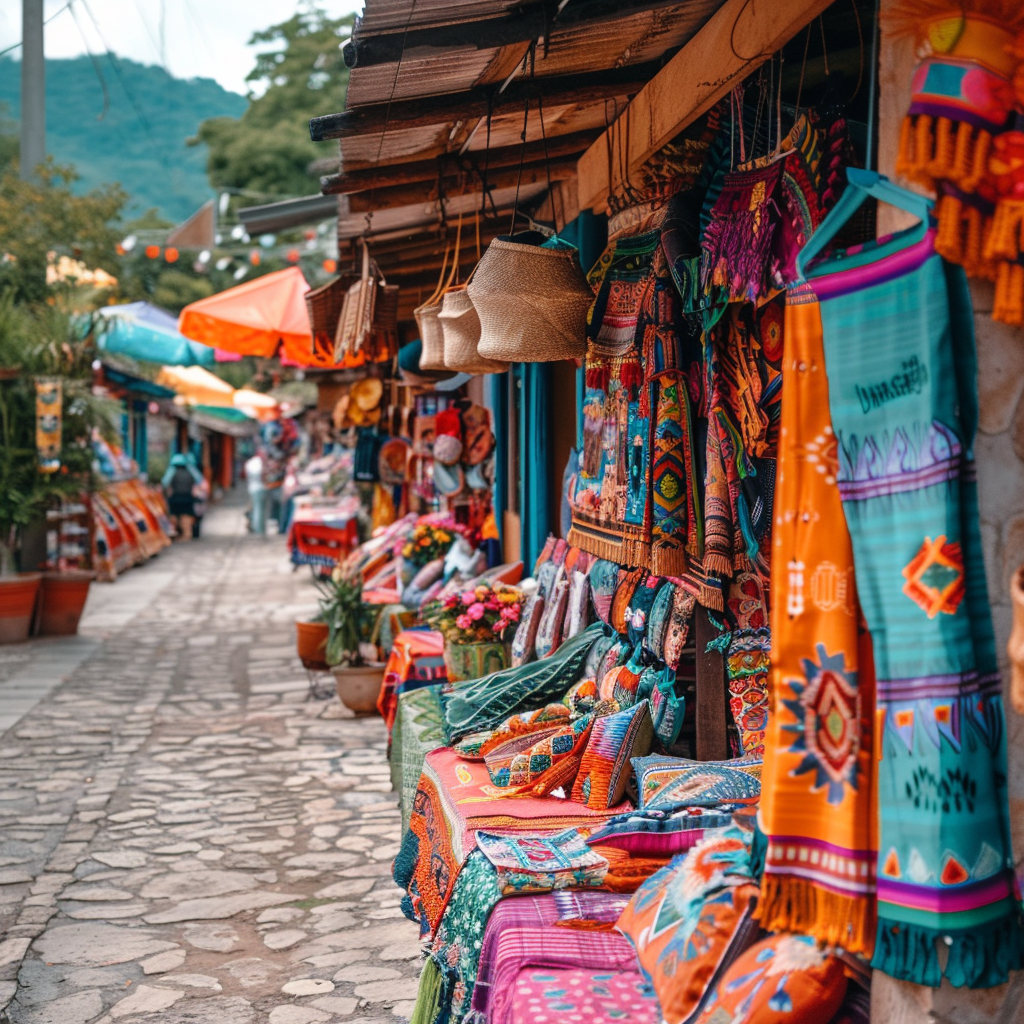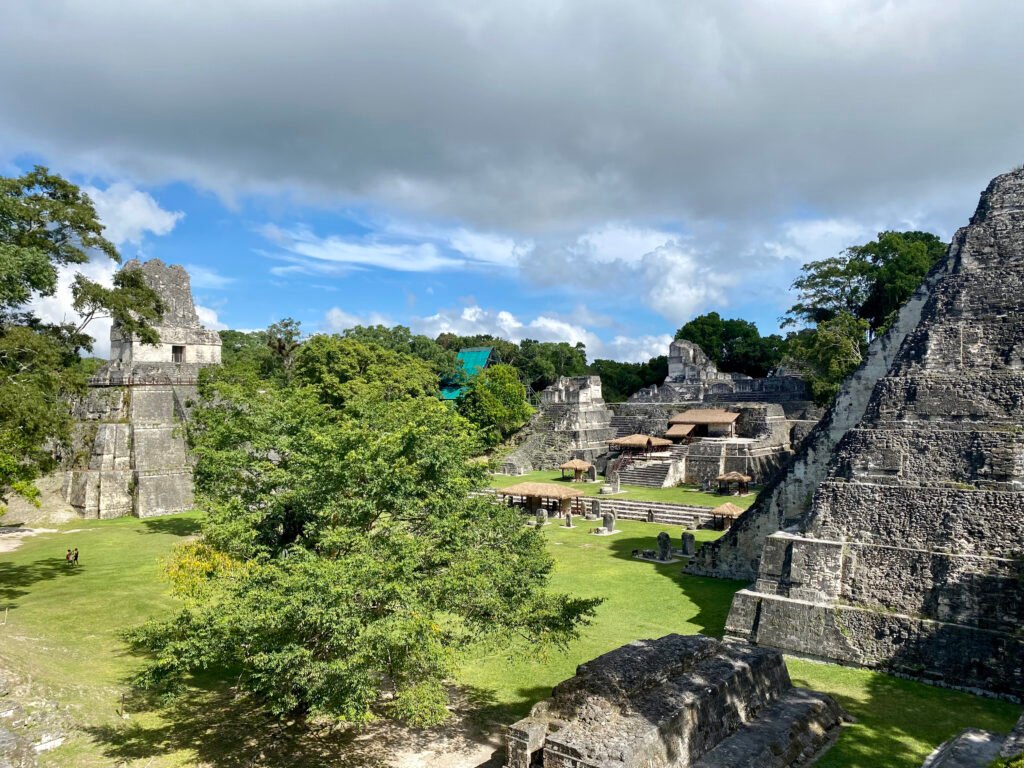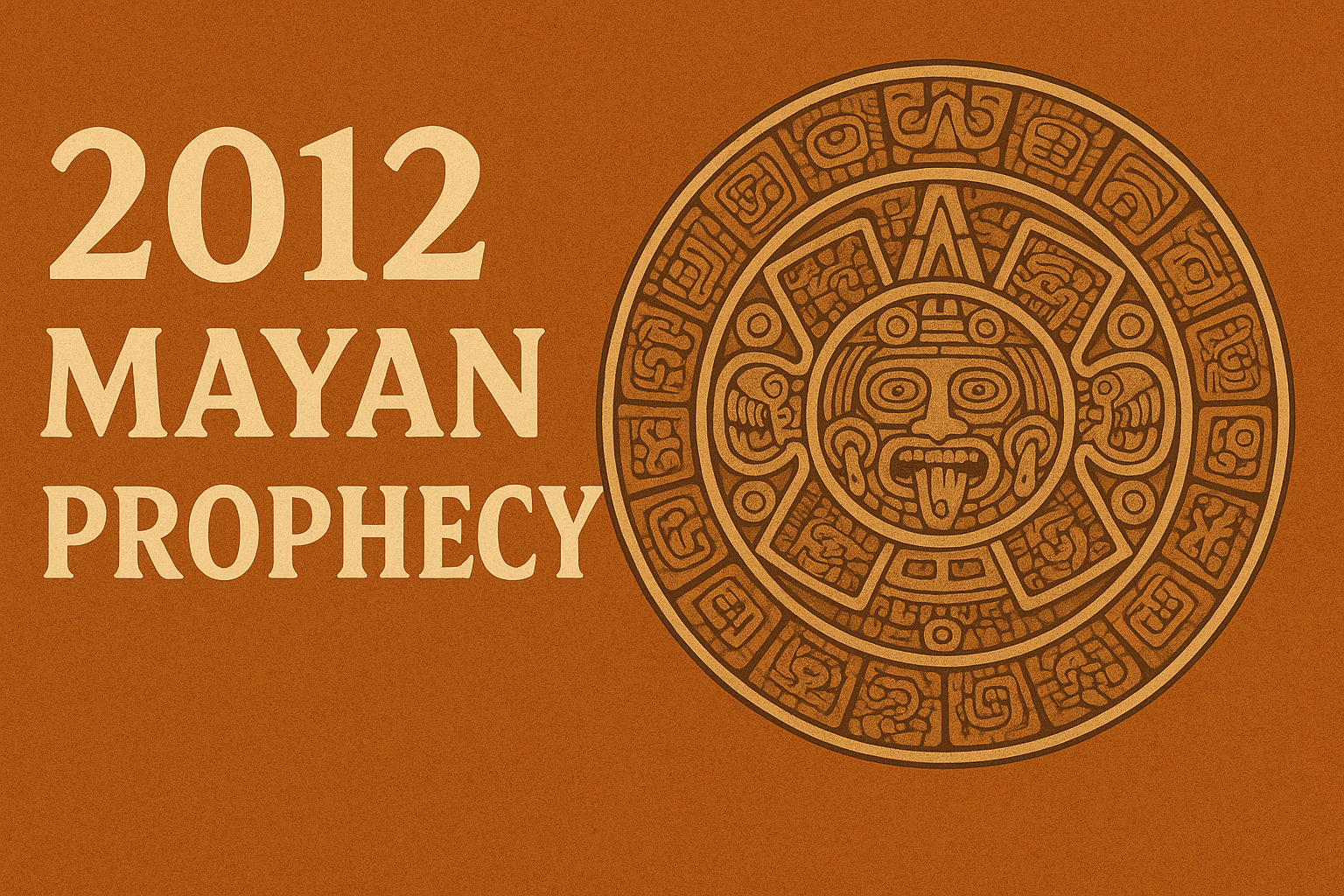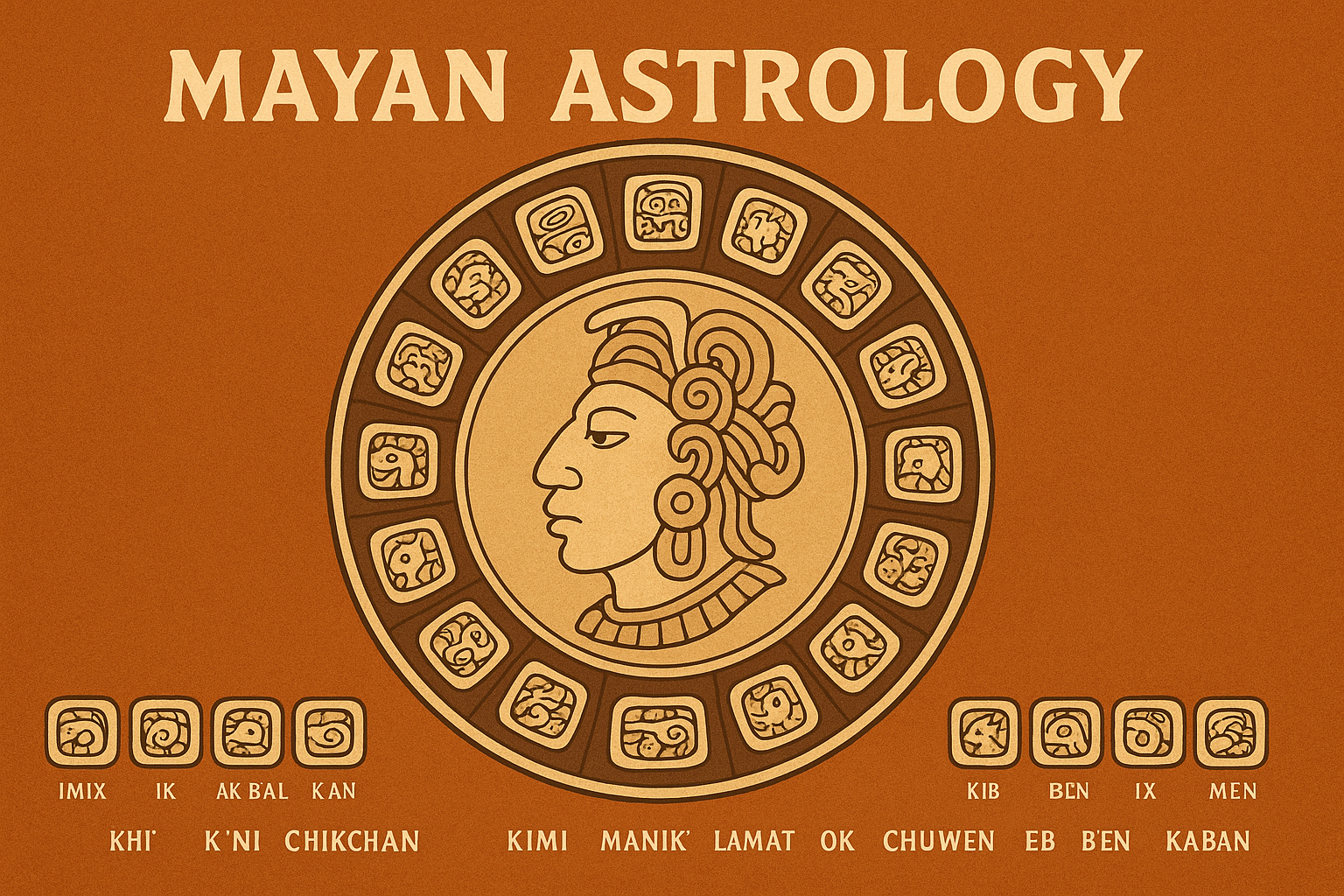Guatemala vs El Salvador Culture: Unveiling the Top 8 Traditions

Exploring Historical Influences on Guatemala and El Salvador
The rich histories of Guatemala and El Salvador have been shaped by a diversity of influences that have contributed to the unique cultural tapestries of these nations. In Guatemala, pre-Columbian civilizations, particularly the Maya, have left a lasting legacy, which is evident in the country’s art, architecture, and community life. The Spanish colonization introduced a blend of European religion and customs, which merged with the indigenous cultures to create a vibrant, syncretic identity. El Salvador shares a similar story with its own indigenous populations and colonial past, which have played profound roles in shaping its cultural norms and values.
Pre-Columbian and Colonial Legacies on Modern Culture
The cultural landscapes of Guatemala and El Salvador are complex, woven from threads of pre-Columbian traditions and Spanish colonial influences. In Guatemala, the Maya civilization left an indelible mark on the country’s identity, with ruins like Tikal and traditions in countless villages remaining as testaments to a powerful historical heritage. The colonial era introduced European art, architecture, and religion, creating a syncretic culture that still resonates today. El Salvador similarly boasts indigenous Pipil and Lenca roots, which merge with colonial customs to inform its societal norms.
An Evaluation of Post-Independence Cultural Developments
Upon securing independence, both nations embarked on paths of cultural forging that highlighted their unique identities. In Guatemala, the struggle to preserve Maya culture against a backdrop of political upheaval has led to a colorful and defiant sense of self. El Salvador, though smaller, has equally been challenged to cultivate a post-independence identity, with its culture embracing resilience in the face of adversity. These nations have thus developed distinctively, despite sharing historical timelines.
Traditional Textiles and Crafts: A Stitch in Time
As one delves into the traditional crafts of Guatemala and El Salvador, one finds not only a celebration of aesthetics but also an embodiment of cultural narratives and indigenous wisdom. Guatemalan textiles are world-renowned for their vivid colors and meaningful patterns, each telling a unique story of the people and their beliefs. In El Salvador, the art of pottery and use of natural dyes are reflective of the country’s history and embody the continuity of pre-Colombian techniques combined with Spanish influences. These crafts are a testament to the cultural pride and tenacity of the people, surviving and thriving as both artistic expressions and symbols of national identity.
Guatemala’s Vivid Woven Stories
Traditional Guatemalan textiles tell a story larger than their intricate patterns suggest. Each region boasts its own design, embedding social and religious beliefs within warp and weft. The ‘traje’ or traditional dress remains prevalent, not merely as a nod to the past, but as a living celebration of indigenous identity and artistry.
El Salvador’s Artisanal Heritage and Identity
In El Salvador, crafting echoes the nation’s history and individuality. Pottery, particularly from Ilobasco, and indigo dye textiles are not only emblematic of Salvadorian skills but also of an artisanal heritage reflecting both indigenous and Spanish roots. These crafts are central to the cultural identity of the Salvadoran people, a point of pride and a resonant piece of the national narrative.
Gastronomic Delights: A Comparative Taste
The cuisines of Guatemala and El Salvador are a testament to the richness of their cultural tapestries, encompassing a diverse array of flavors and ingredients that tell the story of their indigenous roots and colonial influences. In Guatemala, the fusion of native and Spanish culinary traditions has culminated in a vibrant gastronomy that delights the senses and connects diners to the country’s ancestral heritage. El Salvador is equally celebrated for its distinct cuisine, most notably the beloved pupusas, which showcase the art of Salvadoran cooking and the communal aspect of sharing in the country’s traditional flavors.
Flavors and Spices of Guatemala
Guatemala’s cuisine is a flavorful mosaic, featuring indigenous staples like maize and beans enriched with a variety of meats, vegetables, and spices. Its traditional dishes, such as ‘pepián’ and ‘jocon,’ are rich with flavors and connect contemporary dining experiences to ancestral culinary customs.
El Salvadorian Cuisine: Pupusas and Beyond
Far from a one-dimensional culinary scene, El Salvador boasts flavors as vibrant as its regional biodiversities. Its signature dish, the ‘pupusa,’ is a beloved item that’s as diverse in fillings as the country’s landscapes. The cuisine’s nuanced flavors, often accompanied by ‘curtido’ and ‘salsa roja,’ serve as a gateway to the nation’s heart through the communal and comforting act of sharing a meal.
The Festive Soul: Holidays and Celebrations
Unique Festivities in Guatemala
Guatemala’s calendar brims with colorful celebrations, each a display of the country’s festive soul. ‘Semana Santa’ showcases elaborate religious processions, while the ‘Day of the Dead’ honors ancestors with vibrant kite festivals. These celebrations are the lifeblood of Guatemalan tradition, showcasing an endearing amalgamation of past and present.
Salvadoran Joy: Culture Through Carnivals and Holy Week
El Salvador’s cultural vibrancy shines through its festivities, from lively street carnivals to introspective Holy Week commemorations. These events underscore familial and community bonds, showcasing a Salvadoran spirit unshakable by the trials of history.
Religious Beliefs and Practices: Ethereal Connections
The religious realms of Guatemala and El Salvador are intricately layered, with each nation housing a fusion of Christian doctrines and indigenous spiritual practices. In Guatemala, the convergence of Catholicism and Mayan spirituality creates an ethereal blend that permeates the daily lives of its people. El Salvador, while predominantly Catholic, also exhibits a complex interplay between evangelical influences and long-standing indigenous traditions. Their religious practices reflect the cultural syncretism and the intricate harmony and tensions that define their societal fabric.
Christianity and Indigenous Faiths in Guatemala
In Guatemala, Catholicism is deeply interwoven with indigenous beliefs, resulting in a unique religious tapestry. Mayan spirituality survives within contemporary practices, revealing a culture not eclipsed but enriched by layers of faith.
Religion in El Salvador: Harmony and Tensions
El Salvador navigates its own complex religious landscape, balancing the dominant Catholic faith with evangelical movements and indigenous customs. This intersection of beliefs has at times led to tension, yet it also highlights a dynamic and pluralistic society.
The Beats of Nations: Music and Dance as Cultural Pillars
Music and dance in both Guatemala and El Salvador serve as essential components of their cultural identities, encapsulating the history, struggles, and joys of their people. The marimba’s rhythms and the vivacity of folkloric dances in Guatemala resonate with the rich traditions of the Maya. El Salvador’s own musical expressions, interweaving the revolutionary with the festive, reflect a complex narrative of resistance and celebration. These cultural pillars remain a vibrant and integral part of their heritage and national identity.

Language and Literature: Voices of Central America
The literary and linguistic landscapes of Guatemala and El Salvador are as diverse and complex as their histories. Guatemala’s dedication to preserving its array of Mayan languages speaks to a cultural commitment to diversity and intellectual richness. El Salvador’s literary contributions, often charged with emotion and political fervor, invite readers to explore the depths of its national character and historical context. Both nations withstand the test of time through the power of their words, be they spoken or written in the annals of Central American literature.
Linguistic Diversity: Understanding Guatemala’s Mayan Tongues
Guatemala’s linguistic tapestry is rich with the sounds of more than 20 Mayan languages, each a carrier of cultural depth and ancestral knowledge. The commitment to preserve these languages underscores a broader cultural narrative of diversity and resilience.
El Salvador: A Literary Journey from Romance to Revolution
The literary veins of El Salvador pulse with stories of romance, revolution, and social change. From poetic expressions of postcolonial sentiments to narratives of civil struggle, Salvadorian literature offers a window into the soul of a nation.
Contemporary Challenges and Cultural Resilience
Both Guatemala and El Salvador face contemporary challenges—political discord, economic trials, and social inequality. Yet, through enduring cultural expressions, they demonstrate remarkable resilience. This indomitable spirit is a testament to the enduring strength of Central American cultures, defiant in the face of modernity’s pressures.
FAQ: Questions and Answers of Guatemala vs El Salvador culture
How is Guatemala different from El Salvador?
What is the culture like in El Salvador?
Who is richer Guatemala or El Salvador?
Who won Guatemala vs El Salvador war?
What are the predominant languages spoken in Guatemala?
The predominant language spoken in Guatemala is Spanish, which is the official national language. However, Guatemala is a multilingual country with a rich linguistic heritage, home to a significant number of indigenous languages as well. There are 21 distinct Mayan languages spoken, such as K’iche’, Kaqchikel, Q’eqchi’, and Mam. Additionally, Garifuna and Xinca are also recognized languages in Guatemala. The use of these indigenous languages varies greatly among the population, with higher prevalence in rural areas and amongst the indigenous population. Efforts have been made to promote and preserve these languages through education and cultural initiatives.
How important is coffee in the economy of El Salvador?
Coffee has historically been one of the most important products for El Salvador’s economy, playing a critical role for over a century. While its relative importance has declined due to diversification of the economy and challenges such as coffee rust disease and global price fluctuations, coffee remains a significant export commodity. The coffee industry has shaped Salvadoran society and landscape, with numerous plantations in the country’s highlands. Besides its economic impact, coffee is an integral part of the cultural identity and daily life in El Salvador, and efforts are ongoing to improve sustainable farming practices and quality to optimize the industry’s value.
What effects did the civil war have on El Salvador?
El Salvador’s civil war (1980-1992) caused immense loss and upheaval, with 75,000 lives lost and widespread destruction. Though peace accords brought reforms, the war’s legacy still shapes politics, society, and the economy.
What is the significance of the Mayan ruins in Guatemala?
The Mayan ruins in Guatemala are among the most significant and impressive archaeological sites in the world, offering insight into the ancient Maya civilization that flourished in Mesoamerica. Sites like Tikal, Quiriguá, and El Mirador draw thousands of tourists every year, contributing to Guatemala’s tourism industry. The ruins are of immense historical importance, representing the social, economic, and religious practices of the Maya. They showcase sophisticated architecture, including towering temples and elaborate palaces, as well as advancements in mathematics, astronomy, and hieroglyphic writing. These discoveries play a critical role in understanding the pre-Columbian history of the Americas and the lasting cultural impact on the region.
Summary of Guatemala vs El Salvador culture
In this illuminating exploration of the rich cultural landscapes of Guatemala and El Salvador, we’ve woven through the historical tapestries that have shaped these vibrant nations. From the profound impact of pre-Columbian and colonial eras to the colorful narratives told through traditional textiles and crafts, we see two countries with deeply rooted identities and artistic expressions that continue to evolve over time.
Our palates indulged in the gastronomic adventures, savoring the distinct flavors and spices that distinguish Guatemalan cuisine from the beloved Salvadorian pupusas, revealing much more than tastes, but the essence of each culture.
The festive spirit of each nation, echoed through unique celebrations, reinforces their distinct identities—festivities that are much more than mere holidays but are windows into the souls of these two countries. In the realm of spirituality, the tapestry becomes even more intricate, blending Christianity with indigenous faiths in Guatemala, while El Salvador showcases its own religious dynamics.
Through the universal languages of music and dance, we felt the rhythmic heartbeat of both nations. And as we delved into the diverse tongues and literary richness, we’ve listened to the ancestral and modern voices that narrate Central America’s saga.
Despite contemporary challenges, both Guatemala and El Salvador display remarkable cultural resilience, protecting and promoting their heritage while navigating a path through the complexities of the modern world. This journey across their cultural landscapes leaves us with a deeper understanding and appreciation for the rich fabric that Guatemala and El Salvador bring to the tapestry of human civilization.

Don’t know where to stay? At Eagles Nest we offer all inclusive rooms. Enjoy the included yoga classes, delicious traditional food, and breathtaking views. Book here.




